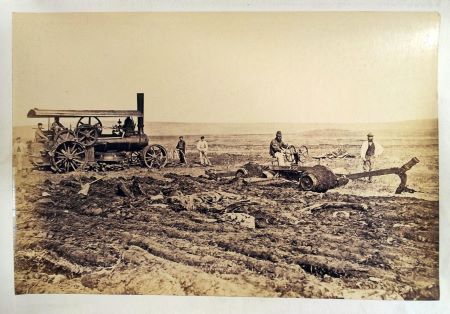Practical Patriotism
Project Leader: Dr Annie Tindley
Sponsors: The Carnegie Trust for the Universities of Scotland; AHRC
Project Dates: 2016-2022
Publications:
A. Tindley, ‘The Iron Duke:’ land reclamation and public relations in Sutherland, 1868 – 1895,’ Historical Research, vol. 82, No. 216 (2009).
A. Tindley & A. Wodehouse, ‘The role of social networks in agricultural innovation: the Sutherland reclamations and the Fowler steam plough, c.1855-c.1885’, co-authored with Andrew Wodehouse, Rural History, 25:2 (2014).

